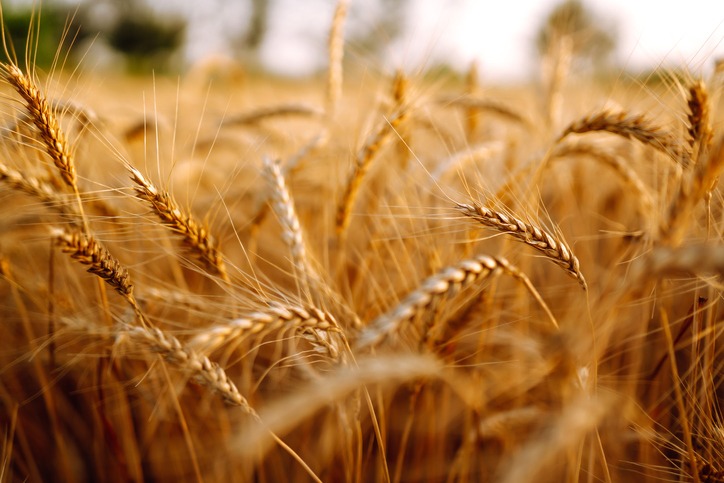As agricultural producers grapple with weeds during harvest season, one weed scientist at Kansas State University’s Research and Extension is looking at a new form of weed control. Vipan Kumar has been studying a method known as Harvest Weed Seed Control (HWSC), which pulverizes weed seeds with a rolling cage mill fitted to the back of a combine during harvest.
“This system is designed to destroy weed seed so that it becomes non-viable for the next year,” Kumar explains.
HWSC was first advanced in western Australia, where many weeds have become resistant to commonly used herbicides. An Australian farmer developed the rolling cage mill after becoming dissatisfied with other weed control tactics. New versions are now being manufactured in Canada, and Kumar is working with other weed scientists to determine how effective HWSC would be in the Midwest and High Plains.
“We don’t know much yet; not much data exists in the United States,” Kumar said. “We conducted a preliminary test this fall in a grower’s field, and the seed crusher did a decent job of crushing Palmer amaranth seeds in a milo field that was heavily infested with pigweed. I’m hoping that this will be a good fit for wheat and soybean folks, as well, and that they can make good use of it in terms of integrated weed management.”
At the moment, the roller cage system is still likely cost-prohibitive for agricultural producers. However, Kumar expects the price to fall as more people across the industry use the technology.
More information on weed management, in particular, can be found on the Western Kansas Agricultural Research Center’s website.
